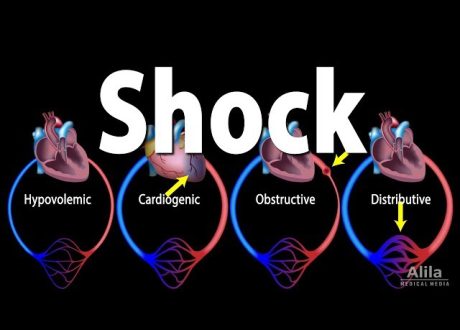Written by Megan Hilbert
Spoon Feed
Peripheral nerve blocks may help achieve symptomatic improvement in our primary headache patients, but we are still far off with research supporting it as a first-line intervention.
Why does this matter?
Approximately 2% of annual ED visits are due to primary headache disorders (non-traumatic, benign). This systematic review was aimed at evaluating peripheral nerve blocks to see if they could improve treatment of these (often) difficult presentations.
My head hurts just reviewing this article
This is a systematic review of randomized controlled trials evaluating the efficacy of peripheral nerve blocks to placebo. Primary end point was pain evaluation within 120 minutes. Only 9 papers were included in analysis – even then, there was significant heterogeneity among the study’s primary and secondary outcomes, dosage of anesthestic, and mode of administration.
[The nerve blocks included were the sphenopalatine ganglion and greater occipital nerve blocks. For further details on completion of these blocks, see the how-to below.]
While the authors ultimately found a decrease in pain scores by 10cm visual analog scale in patients treated with peripheral nerve blocks at both 15 minutes (MD (mean difference): -1.17; 95% CI -1.82 to -0.51; P=0.0005) and 30 minutes (MD: -0.99; 95% CI -1.66 to -0.32; P=0.004) after intervention, this was compared to placebo treatment and was not aimed at detecting clinically significant reduction of pain (red flag).
While these findings are encouraging, they are not ready for prime-time yet. The authors identified several limitations of their review – most importantly, the lack of available data comparing peripheral nerve blocks against current active treatments (ahem, remember, the ones we are trying to decrease the side effects of?). I may consider these interventions to serve as an adjunct to my headache cocktail but will not yet rely solely on it.
Another Spoonful
- How to – Greater Occipital Nerve Block: Inject anesthetic toward the greater occipital nerve which originates in the dorsal ramus of C2-3 segments of the spinal cord. You can find this by going medial to palpable occipital artery pulse or measuring one third of the distance from the occipital protuberance to the mastoid process or injecting at the site of maximal tenderness.
- How to – Sphenopalatine Ganglion Block: Patient lies supine with head in the sniffing position. Carefully advance an anesthetic-soaked cotton-tip applicator along the superior border of the middle turbinate until it contacts the mucosa overlying the SPG and let sit for 5-10 minutes. Remember to have your patient on a cardiac monitor and stay well below the toxic dose, as this area is highly vascularized.
Source
Effectiveness of Peripheral Nerve Blocks for the Treatment of Primary Headache Disorders: A Systematic Review and Meta-Analysis. Ann Emerg Med. 2022 Mar;79(3):251-261. doi: 10.1016/j.annemergmed.2021.08.007. Epub 2021 Oct 28.










